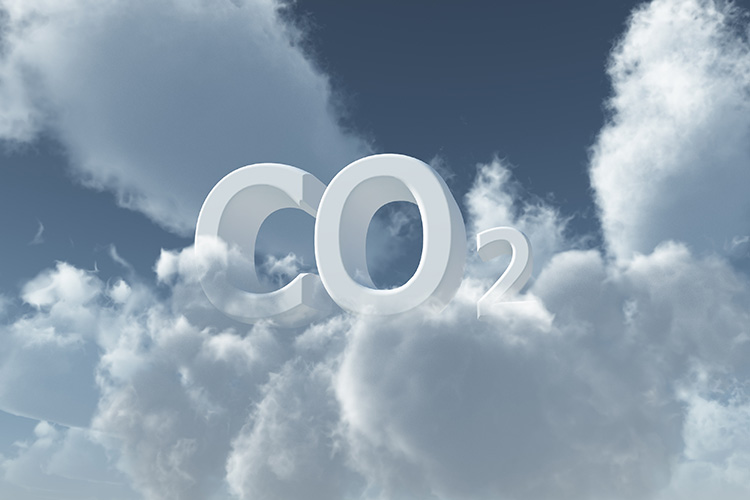Indirect GHG emissions: the standard sets the scope

Since the Grenelle 2 law of 2010, economic players have been required to produce a greenhouse gas emissions report (BEGES) every four years, along with a voluntary action plan to reduce them. This regulatory provision applies to companies with more than 500 employees, the French State, regions, départements and EPCIs with more than 50,000 inhabitants, and other public corporations with more than 250 employees (hospitals, etc.). Until now, however, the exercise has been content to account for emissions on two perimeters only: the scope of direct emissions, known as “scope 1”, and that of emissions associated with the energy consumed during the production process, known as “scope 2”. Gone, then, are indirect emissions such as those from suppliers, which are certainly outside the company’s responsibility, but which would not be generated if these suppliers were not part of the supply chain. In the end, this “oversight” meant that BEGES reports were incomplete, and not always representative of the company’s real impact on the climate.
Scope 3: secrecy is the norm
Since January1, 2023, things have changed: a decree requires us to take into account “scope 3”, the famous indirect emissions. A welcome measure, but one that requires a thorough understanding of the methodology involved. Indeed, what to include in indirect emissions? How do you calculate them? Where to get data? To answer these questions, voluntary standards are invaluable tools! In this case, NF EN ISO 14064-1 specifies the perimeter in which to classify emissions attributable to suppliers and subcontractors, packaging, employee travel and so on. For example, it mentions that refrigerant gas leaks during the transport of refrigerated goods or the use of an air conditioner must be included in indirect emissions. It also explains how to avoid counting emissions twice, in two different scopes.
This standard, developed in 2012 on the basis of the GHG Protocol and then updated in 2019, still needs to be enriched: AFNOR is currently working on the definition of avoided emissions, with the mandate of the International Organization for Standardization (ISO). On the same subject, a public inquiry is underway in France on the theme of carbon neutrality, with the task of defining this definition in the future voluntary ISO 14068 standard. You can participate by giving your opinion here (requires a Norminfo account).